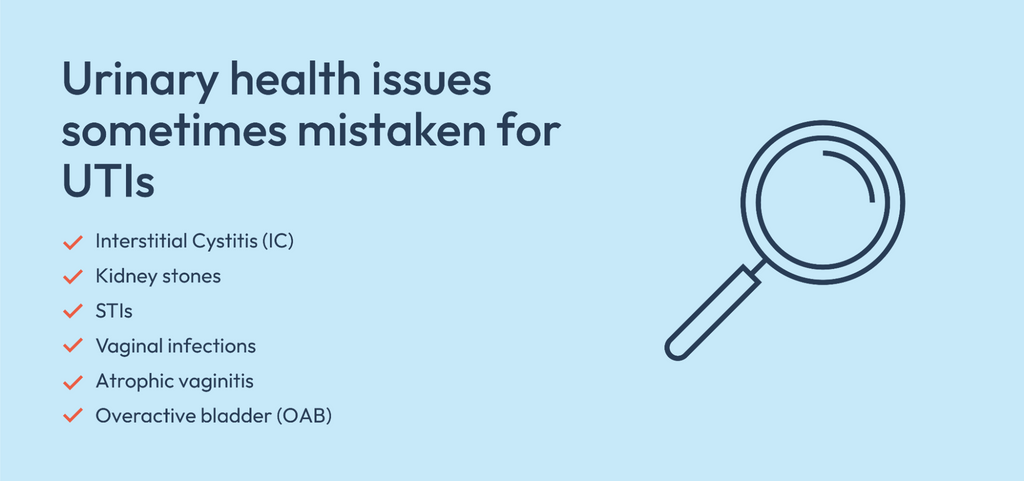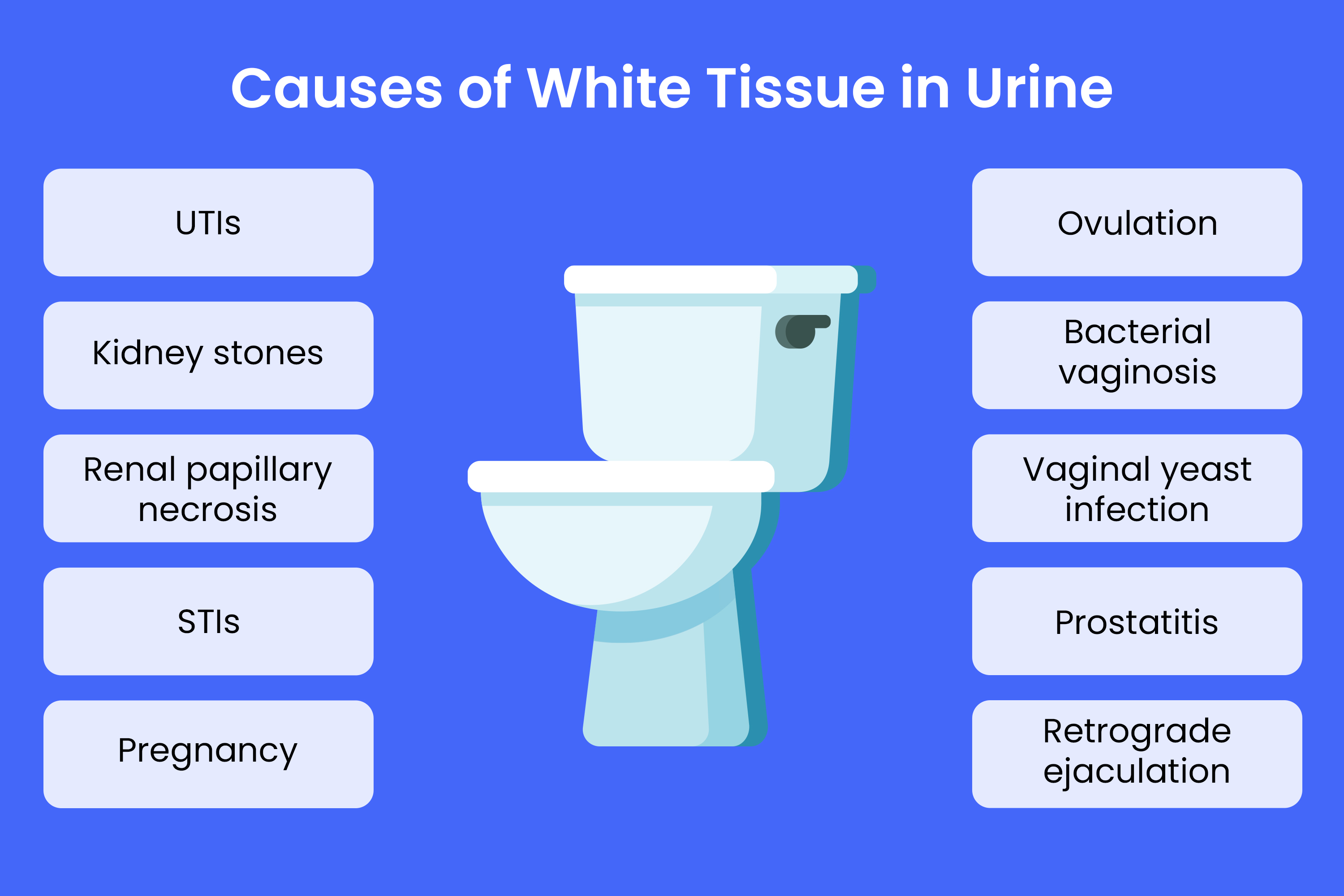Contrasting Kidney Stones vs UTI: What You Need to Understand About Their Impact on Wellness
Contrasting Kidney Stones vs UTI: What You Need to Understand About Their Impact on Wellness
Blog Article
A Thorough Evaluation of Treatment Options for Kidney Stones Versus Urinary Tract Infections: What You Need to Know
The distinction in between therapy choices for kidney stones and urinary tract infections (UTIs) is crucial for efficient client management. While UTIs are commonly addressed with antibiotics that give quick alleviation, the technique to kidney stones can vary significantly based upon specific variables such as stone size and composition. Non-invasive approaches like extracorporeal shock wave lithotripsy (ESWL) might be appropriate for smaller stones, yet larger or obstructive stones usually call for more invasive strategies. Recognizing these nuances not just notifies medical choices yet likewise enhances person end results, inviting a better evaluation of each problem's treatment landscape.
Comprehending Kidney stones
Kidney stones are difficult down payments formed in the kidneys from salts and minerals, and understanding their composition and development is essential for reliable management. The key kinds of kidney stones include calcium oxalate, calcium phosphate, struvite, uric acid, and cystine stones, each with distinct biochemical beginnings. Calcium oxalate stones are the most typical, generally arising from high degrees of calcium and oxalate in the urine. Variables such as dehydration, dietary practices, and metabolic problems can contribute to their formation.
The development of kidney stones takes place when the concentration of specific compounds in the urine boosts, bring about crystallization. This crystallization can be influenced by urinary system pH, quantity, and the visibility of preventions or promoters of stone development. Low urine volume and high acidity are favorable to uric acid stone advancement.
Comprehending these variables is essential for both prevention and therapy (Kidney Stones vs UTI). Efficient monitoring approaches might consist of nutritional alterations, raised fluid intake, and, in some situations, medicinal treatments. By acknowledging the underlying causes and sorts of kidney stones, healthcare suppliers can execute tailored methods to reduce reoccurrence and enhance client outcomes
Overview of Urinary System System Infections
Urinary system system infections (UTIs) prevail microbial infections that can influence any type of part of the urinary system, including the kidneys, ureters, bladder, and urethra. The bulk of UTIs are brought on by Escherichia coli (E. coli), a kind of microorganisms usually located in the intestines. Women are more at risk to UTIs than males because of anatomical distinctions, with a much shorter urethra assisting in simpler bacterial access to the bladder.
Symptoms of UTIs can differ relying on the infection's location but usually consist of frequent peeing, a burning experience throughout urination, over cast or strong-smelling urine, and pelvic discomfort. In much more extreme situations, especially when the kidneys are involved, symptoms might also consist of high temperature, chills, and flank discomfort.
Threat elements for developing UTIs consist of sex-related activity, particular kinds of contraception, urinary tract problems, and a weakened body immune system. Diagnosis commonly includes pee tests to determine the visibility of microorganisms and other indications of infection. Prompt therapy is necessary to protect against find out here now problems, consisting of kidney damages, and normally involves anti-biotics tailored to the particular microorganisms involved. UTIs, while common, need prompt recognition and monitoring to guarantee reliable end results.
Treatment Options for Kidney stones

If the stones are bigger or create substantial pain, non-invasive treatments such as extracorporeal shock wave lithotripsy (ESWL) may be utilized. This method uses acoustic waves to break the stones into smaller pieces that can be extra conveniently passed via the urinary system tract.
In cases where stones view publisher site are as well large for ESWL or if they obstruct the urinary system system, ureteroscopy may be indicated. This minimally invasive treatment includes making use of a tiny extent to break or get rid of up the stones directly.

Treatment Alternatives for UTIs
Just how can medical care suppliers properly address urinary system system infections (UTIs)? The main method entails a detailed evaluation of the individual's signs and symptoms and case history, followed by appropriate analysis screening, such as urinalysis and pee culture. These examinations aid recognize the causative pathogens and determine their antibiotic susceptibility, leading targeted treatment.
First-line treatment typically consists of anti-biotics, with choices such as nitrofurantoin or trimethoprim-sulfamethoxazole, relying on local resistance patterns. For straightforward situations, a brief program of prescription antibiotics (3-7 days) is commonly enough. In recurrent UTIs, providers might consider different strategies or preventative antibiotics, including way of life adjustments to lower risk variables.
For patients with challenging UTIs or those with underlying health and wellness concerns, more aggressive therapy may be essential, possibly including intravenous anti-biotics and more analysis imaging to assess for difficulties. Additionally, patient education on hydration, health techniques, and signs and symptom administration plays a crucial function in avoidance and reappearance.
Contrasting Results and Efficiency
Assessing the outcomes and efficiency of therapy choices for urinary system system infections (UTIs) is vital for maximizing individual treatment. The main therapy for straightforward UTIs usually includes antibiotic treatment, with options such as fosfomycin, nitrofurantoin, and trimethoprim-sulfamethoxazole.
In comparison, therapy results for kidney stones vary dramatically based upon stone structure, location, and dimension. Choices vary from conservative monitoring, such as hydration and discomfort control, to interventional treatments like extracorporeal shock wave lithotripsy (ESWL) and ureteroscopy. While ESWL has a high success price for smaller sized stones, issues can occur, necessitating further interventions.
Ultimately, the performance of therapies for both problems depends upon exact diagnosis and customized approaches. While UTIs normally respond well to antibiotics, kidney stone monitoring might require a diverse technique. Constant assessment of therapy results is critical to enhance individual experiences and decrease reoccurrence rates for both UTIs and kidney stones.
Verdict
In recap, treatment approaches for kidney stones and urinary tract infections differ significantly because of the distinct nature of each problem. UTIs are primarily attended to with prescription antibiotics, providing prompt alleviation, while kidney stones necessitate customized treatments based on reference dimension and composition. Non-invasive techniques such as extracorporeal shock wave lithotripsy appropriate for smaller stones, whereas larger or obstructive stones might call for ureteroscopy. Identifying these distinctions boosts the capability to provide optimal individual treatment in taking care of these urological conditions.
While UTIs are generally addressed with anti-biotics that offer quick alleviation, the technique to kidney stones can differ substantially based on private aspects such as stone size and make-up. Non-invasive techniques like extracorporeal shock wave lithotripsy (ESWL) may be suitable for smaller sized stones, yet bigger or obstructive stones frequently require more intrusive methods. The primary kinds of kidney stones include calcium oxalate, calcium phosphate, struvite, uric acid, and cystine stones, each with distinctive biochemical beginnings.In contrast, treatment end results for kidney stones vary dramatically based on stone location, size, and structure. Non-invasive methods such as extracorporeal shock wave lithotripsy are ideal for smaller stones, whereas bigger or obstructive stones may require ureteroscopy.
Report this page